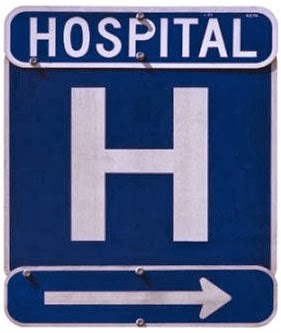
Note: This post was originally published on PalliMed as part of the World Series of Blogs Payback-Ed.
In 2013, there were 43.8 million prescriptions for tramadol filled in the U.S. It has a slightly different method of action from many other pain medications, as tramadol is both a mu-opioid receptors agonist and a reuptake inhibitor of serotonin and norepinephrine. It is also thought that the opioid activity is due to both the parent compound and the more active O-desmethylated metabolite (which, like codeine is metabolized by CYP 2D6 and therefore gives the same big inter-individual differences in pharmacokinetics).
The overall efficacy as a pain medicine is comparable to that of other weak opioids. Most people know it is associated with serotonin syndrome as well as seizures especially when used with other medications that lower seizure threshold. A new study that came out in JAMA IM reveals a pretty robust association between tramadol use and hospitalizations for hypoglycemia, even in those without diabetes.
The Study
The authors of this study put together a large population-based cohort of patients from the UK who were either initiating tramadol or codeine therapy for non-cancer pain. They excluded those who were prescribed other opioids, as well as those with cancer and those previously hospitalized for hypoglycemia in the year before entry into the study.
The authors also did a whole bunch of different types of analysis to prove their point (nested case-control, cohort and case-crossover analyses) that would take me five blog posts to write about (if you are interested in the details, here is the link to the article). They also controlled for a boatload (yes that is a technical term that I’m using) of potential confounders.
The Results
The analysis included 334,034 patients (28,110 taking tramadol and 305,924 taking codeine). Tramadol and codeine users were similar on nearly all baseline potential confounders. The authors found in this cohort:
- Tramadol use increased by more than 8 from 1999 to 2011
- Patients taking tramadol had a significantly higher risk of hospitalization for hypoglycemia (odds ratio 1.52)
- The risk of hospitalization for hypoglycemia was highest in the first 30 days of use (OR, 2.61)
- Patients NOT on a diabetic medication were at increased risk of developing hypoglycemia severe enough to be hospitalized compared to those those taking diabetic medications (adjusted odds ratio of 2.12 vs 1.11)
The Take Home Point
A lot of health care providers have the misconception that tramadol is a safer alternative to more traditional opioids like morphine. This study adds further evidence that this is just not true, and that we should add hypoglycemia as a risk, even in patients who do not have diabetes.
by Eric Widera, MD (@ewidera)



